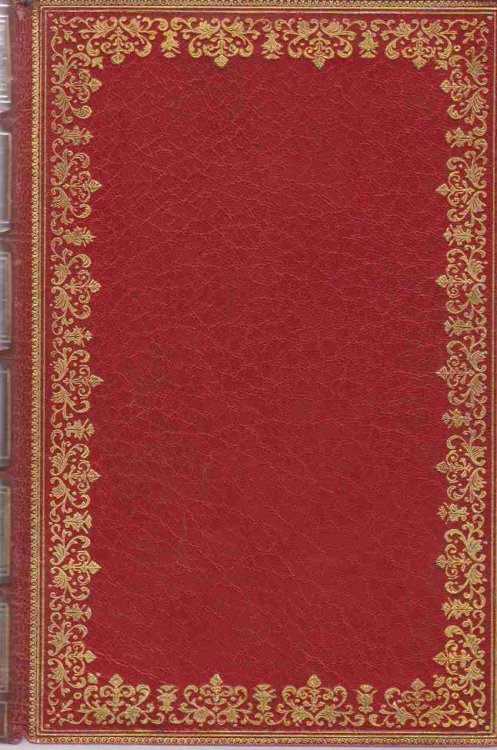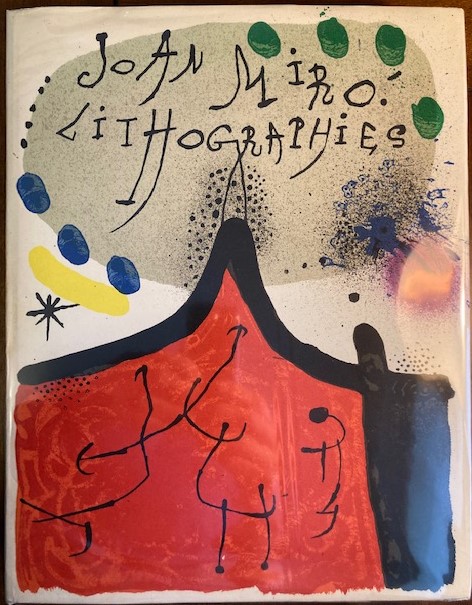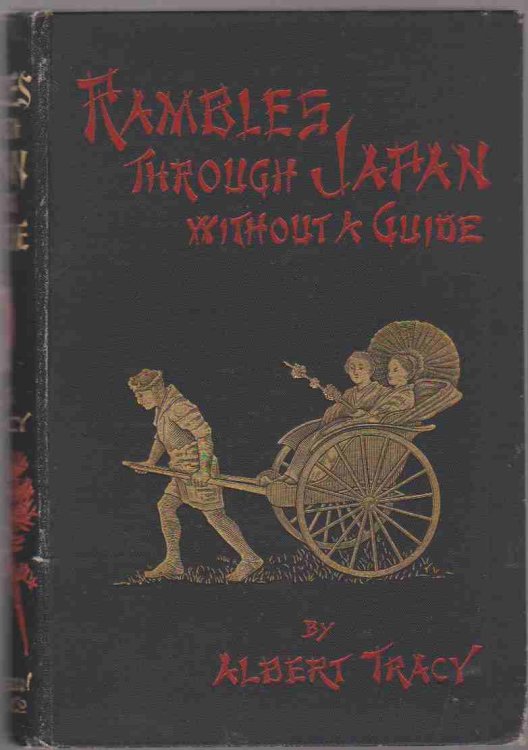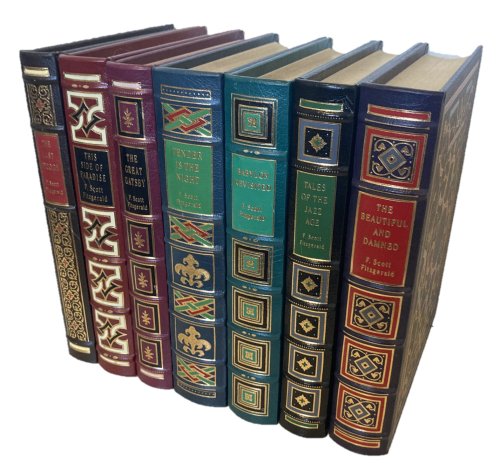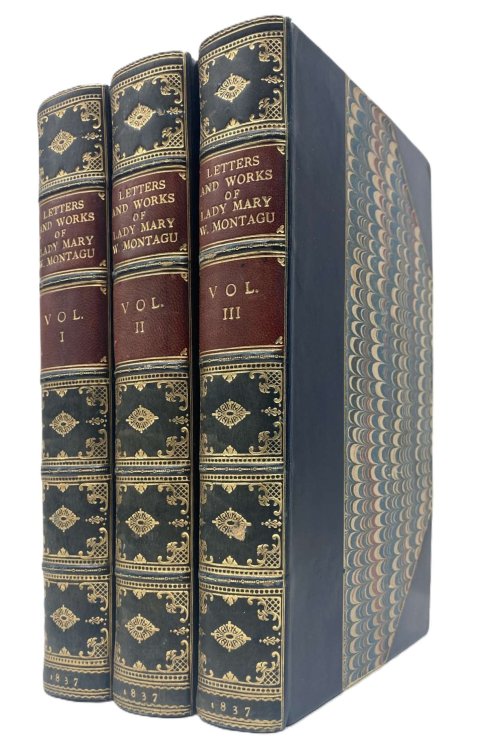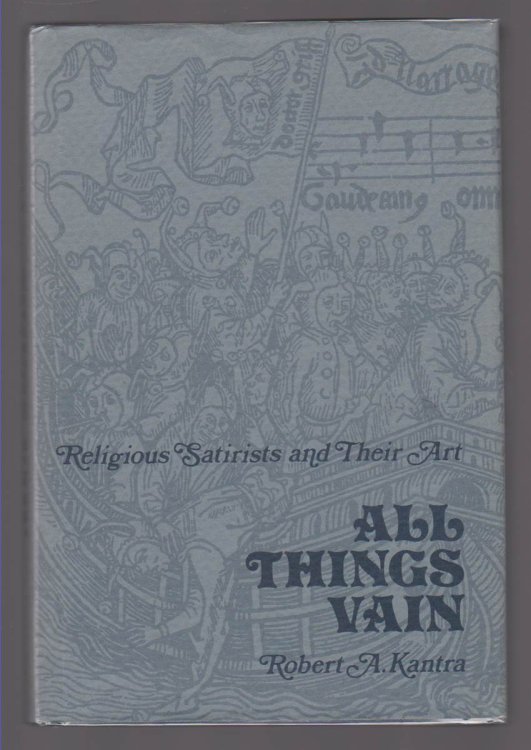
ALL THINGS VAIN Religious Satirists and Their Art
$19.95 USD • Used
Hardback in Near Fine condition with Near Fine dust jacket . 6 X 0.69 X 9 inches. 256 pages. Quick shipping, excellent customer service. All books carefully packaged in boxes and ship with trackin...
Store: EastonsBooksInc [View Items]
Hardback in Near Fine condition with Near Fine dust jacket . 6 X 0.69 X 9 inches. 256 pages. Quick shipping, excellent customer service. All books carefully packaged in boxes and ship with tracking information.
From Publisher:
Religion and satire can be incompatible, even opposed, but they can also join to produce great art. So argues this wide-ranging book, which seeks to identify the essence of religious satire, beginning with the art of such Renaissance figures as Erasmus and D rer and concluding with such modern writers as Beckett, Eliot, and Waugh. Modern painters and sculptors, though not often concerned with religious satire, may employ its themes--as indeed may practitioners of the "new science" flourishing since Newton. The theme of religious satire, in Kantra's words, is "man's encroachment on the divine--his effort to play God, in whole or in part--whether under the banner of religion or of humanity." Heroic art has the same subject but a different attitude: it celebrates man's pretensions to divinity, whereas religious satire mocks them--sometimes harshly, sometimes gently. "If heroic art is ennobling, satiric art is humbling." Comedy sometimes may be found in satiric works, tragedy never, and tragicomedy always.
The book starts with a brief examination of medieval religious satire: the rough shepherds in mystery plays, the lusty clerics in Chaucer, the roof bosses of Gluttony, Lying, and the Devil swallowing Judas Iscariot in Southwark Cathedral. The Renaissance was a golden era for the genre. D rer engraved Saint Jerome (who wrote satirical letters), his halo off center, in what Kenneth Clark calls "a typically Erasmian room" with the lion and the little dog in the foreground, "sharing a conspicuously self-satisfied contentment." Yet D rer, according to Erwin Panofsky, "failed when confronted with the small, quiet, supremely ironic face of Erasmus of Rotterdam." But what artist could capture the author of The Praise Folly, who saw self-styled sapient humans as "a swarm of flies and gnatss . . . laying traps for one another?"
Kantra contends that the English--Elizabethans, Metaphysicals, Augustans, Victorians, and moderns --have always mixed satire with comedy and tragedy. Donne wrote in Satyre III that "our Mistresse faire religion," can look like "neare twin" to a strumpet. Satire, Milton said, "was born out of a Tragedy, so ought to resemble his parentage." Consider his Satan and his fallen legions. Chesterton and Belloc lampooned "essentially modern men" who reject magic and religion. Today religious satire is more alive than ever--among both churched writers such as Eliot, Waugh, or Dorothy Sayers, and the unchurched such as Shaw, Joyce, and Beckett --in works that pull down the vanity of modern man's once-proud claim to have conquered nature.
Product Info
ISBN: 0271003588
ISBN-13: 9780271003580
Publisher: Penn State University Press
Year: 1990
Type: Used
Binding: Hardcover
Seller Info
EastonsBooksInc
Address: 701 South First Street Mount Vernon, Washington
Website: https://www.eastonsbooks.com
Country: United States

